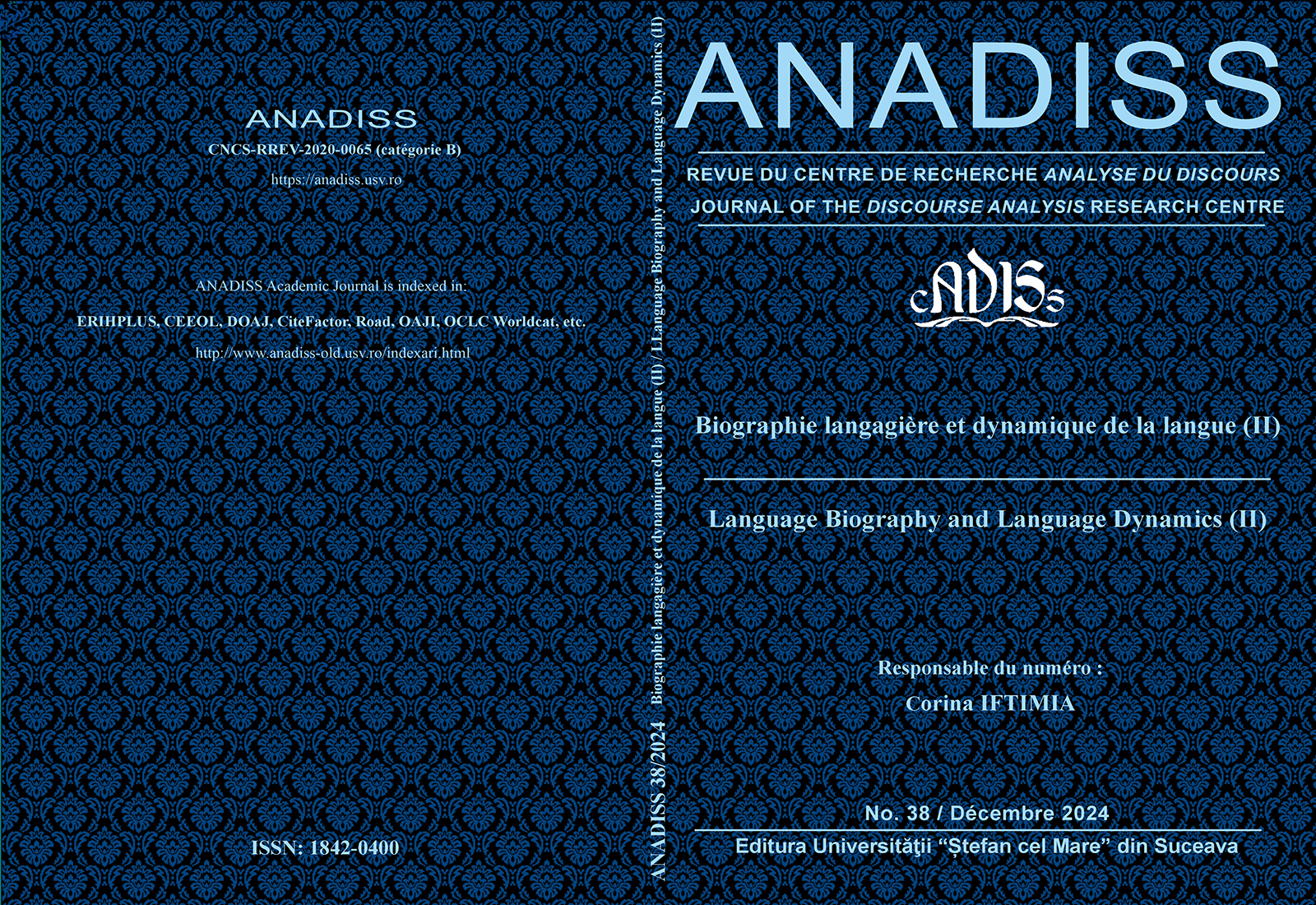JAPANESE LANGUAGE LEARNING DYNAMICS THROUGH POETIC TRANSLATION
JAPANESE LANGUAGE LEARNING DYNAMICS THROUGH POETIC TRANSLATION
Author(s): Mihaela IOVUSubject(s): Language and Literature Studies, Philology, Translation Studies
Published by: UNIVERSITATEA »ȘTEFAN CEL MARE« SUCEAVA
Keywords: Japanese language; poetic translation; kigo; kireji; haiku; tank; translation strategies; linguistic dynamics; translation difficulties;
Summary/Abstract: This article explores the dynamics of learning Japanese through poetic translation, highlighting the interplay between linguistic features and cultural nuances. The process of mastering Japanese includes unique challenges such as the absence of gender and number categories in nouns, the absence of comparative degrees in adjectives, and the constancy of verb forms regardless of subject. This complex grammar is enriched by cultural elements like kigo (seasonal words) and kireji (cut words), which add depth and context to poetic forms such as haiku and tanka. Learning Japanese requires a gradual approach, from mastering the basics of hiragana and katakana to engaging with advanced kanji and complex syntactic structures. Translation involves not only the transfer of meaning but also the preservation of rhythm, tone and cultural essence embodied in the original text. Strategies for translating Japanese poetry often involve critical choices, such as emphasizing visual imagery or maintaining syllabic structure, reflecting the flexibility and depth of the language.
Journal: ANADISS
- Issue Year: 22/2024
- Issue No: 38
- Page Range: 175-190
- Page Count: 16
- Language: English

